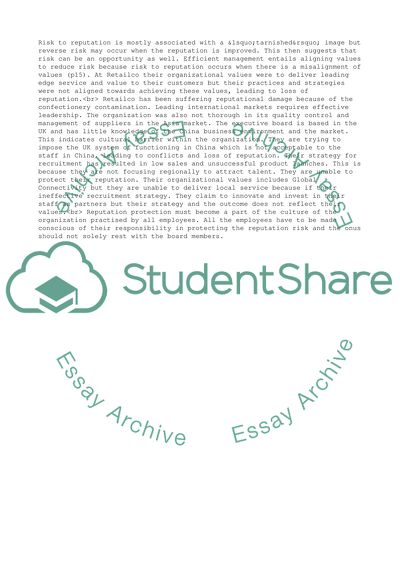Cite this document
(Exam answer for organisation leadership Research Paper, n.d.)
Exam answer for organisation leadership Research Paper. Retrieved from https://studentshare.org/management/1771403-exam-answer-for-organisation-leadership
Exam answer for organisation leadership Research Paper. Retrieved from https://studentshare.org/management/1771403-exam-answer-for-organisation-leadership
(Exam Answer for Organisation Leadership Research Paper)
Exam Answer for Organisation Leadership Research Paper. https://studentshare.org/management/1771403-exam-answer-for-organisation-leadership.
Exam Answer for Organisation Leadership Research Paper. https://studentshare.org/management/1771403-exam-answer-for-organisation-leadership.
“Exam Answer for Organisation Leadership Research Paper”, n.d. https://studentshare.org/management/1771403-exam-answer-for-organisation-leadership.


